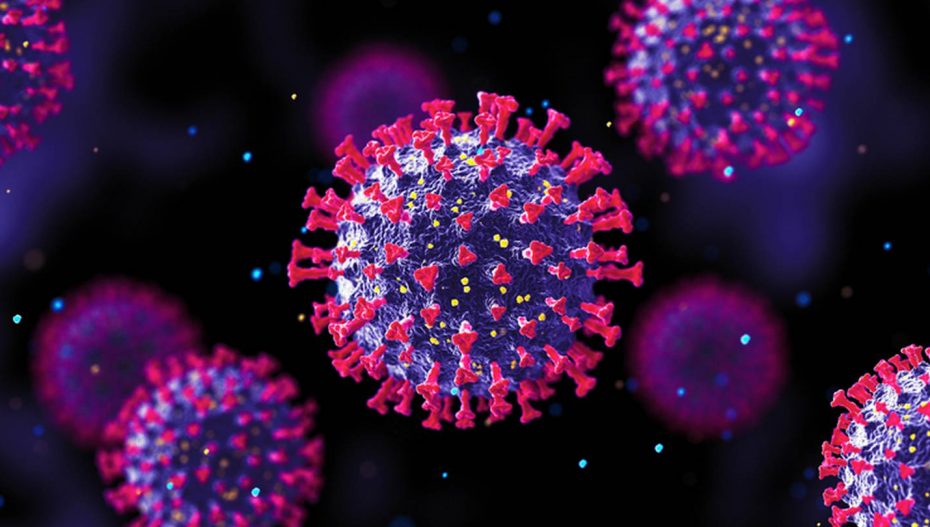COVID cases are on the rise again following the relaxation in regulations. China recently placed limitations to stem the spread of infections, while South Korea reported over 6 lakh cases. The World Health Organization (WHO) has described the current increase in instances as the “tip of the iceberg.”
Many people are concerned about the spread of the new variant, the stealth sub-variant of Omicron. Israel has confirmed two cases of the novel variety in two people arriving at Ben Gurion International Airport.
The lesser-known BA.2 variant is also likely to have the same severity as the ‘original’ Omicron strain, according to WHO. WHO has urged public health authorities to monitor BA.2 as a distinct sub-lineage of Omicron.
Additionally, data from population-level studies of reinfection demonstrated that reinfection with BA.2 following infection with BA.1 provided strong protection against reinfection with BA.2.
Concerns have been raised concerning the difficulties in identifying the BA.2 version, also known as the stealth sub-variant of Omicron. The new variation lacks crucial mutations in spike protein, which are typically required for quick PCR assays to detect infection. It combines two sub-variants of the Omicron type of the Covid virus known as BA.1 and BA.2.
As per WHO, the variant mainly affects the upper respiratory system. However, like Delta, the BA.2 variant does not affect the lungs, so symptoms such as loss of taste and smell, and shortness of breath are not present.
Diarrhea and extreme fatigue are symptoms reported by people infected with this variant of the virus. They may appear two to three days after infection. Other symptoms include fever, coughing, sore throat, sore palm, muscle fatigue, and a cold.
COVID-19 infections rose by about 8% last week, and there were 43,000 new deaths. COVID-19 death rates have been trending downward for the past three weeks.
The Western Pacific and Africa saw the greatest increase in cases, with infections increasing by 29 percent and 12 percent, respectively. In the Middle East, Southeast Asia, and the Americas, cases fell by more than 20%. Cases increased by roughly 2% in Europe.
According to WHO, those figures “should be regarded with caution.” Many countries are modifying their COVID-19 testing procedures as they exit the acute phase of the epidemic, testing considerably fewer cases than previously, implying that many new cases are being undiscovered.
In recent weeks, countries such as Sweden and the United Kingdom have declared plans to discontinue broad COVID-19 testing, claiming that the large expense is no longer worthwhile. Nonetheless, infections, hospitalizations, and deaths have increased marginally in the United Kingdom, owing to the highly infectious omicron subvariant BA.2. Another cause is the suspension of practically all COVID-19 protocols as more people abandon masks and congregate in greater numbers.
Although COVID-19 has been declining in many regions, the Western Pacific has seen an increase since December, according to WHO.
China barred most people from leaving a coronavirus-ravaged northeastern province and activated military reservists on Monday, as the fast-spreading “stealth omicron” variety drives the country’s largest outbreak since the pandemic began two years ago. Officials also closed down the southern city of Shenzhen, which has 17.5 million inhabitants and is a major tech and finance hub bordering Hong Kong — which has recently had some of the highest COVID-19 fatality rates.












